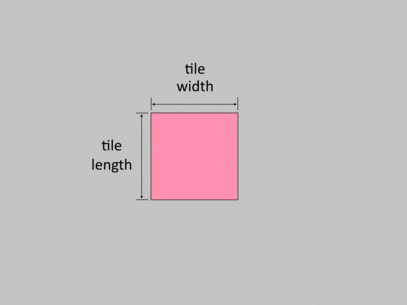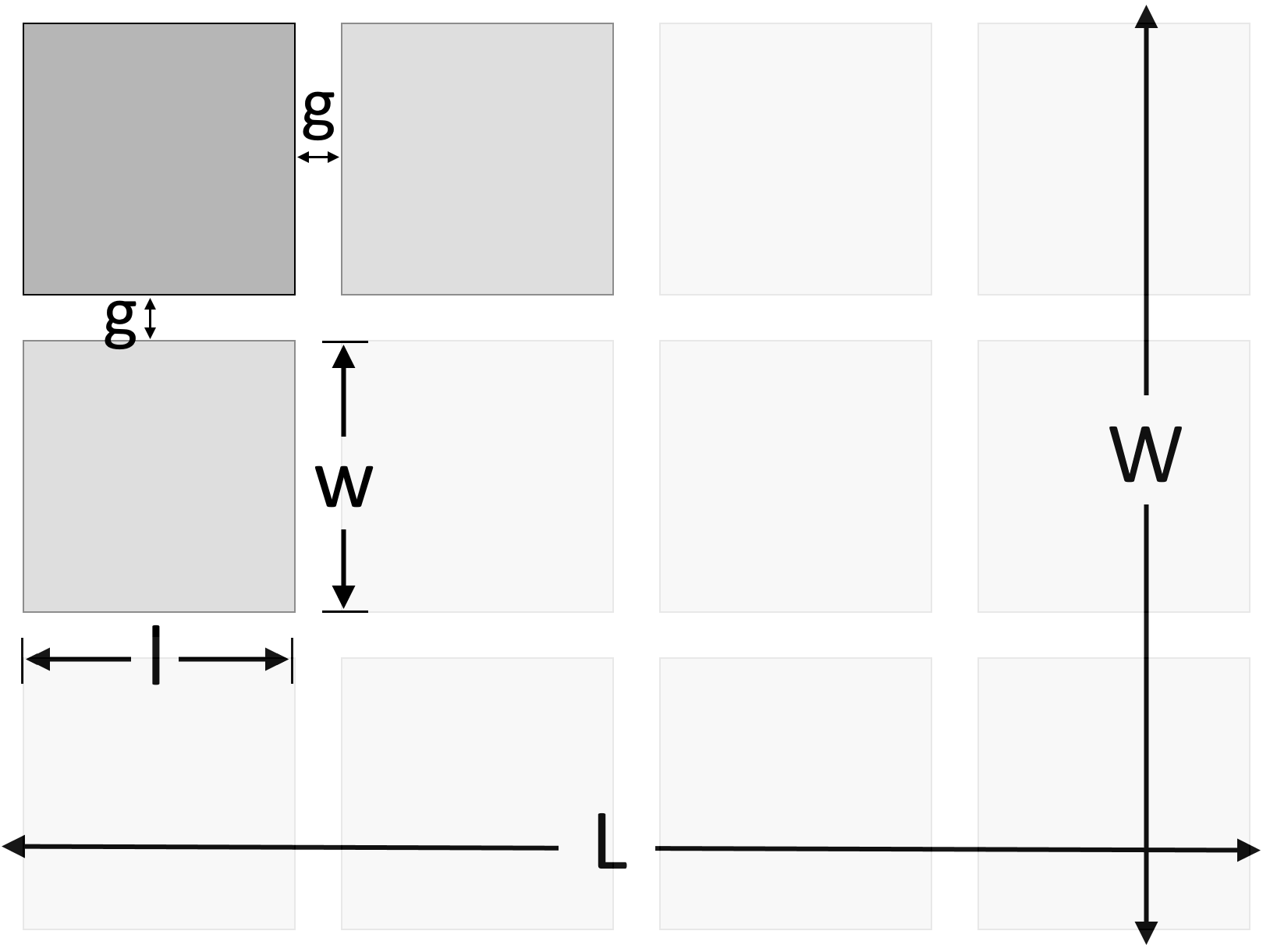Grout Calculator
If you're wondering "How much grout do I need for my tiling project?" then this grout calculator, or more specifically, tile grout calculator, is for you.
In this calculator, you will learn what tile grout or tile gap filler is and how to calculate cement grout volume for any area of floor or wall, tile size, and tile gap. Keep on reading to learn more.
💡 This tool, together with our tile calculator and our thinset calculator, is part of our tiling tools set you can use for worry-free tiling projects. Check them out to know how many tiles you'll need and how much thinset you'll need to adhere your tiles to your substrate.
What is tile grout?
Tile grout is a material used to fill in the gaps between the tiles to avoid dirt and liquid from coming in. When installing tiles, we place the tiles with gaps between each other to decrease the chances of future cracking or lifting off of tiles due to thermal or structural deformation of the floor or wall, tile expansion, or tile movement. Using tile grout also adds to the aesthetics of a tile installation, especially of ceramic tiles, like in this picture:

Grout, in general, is a composite material which is typically a mixture of cement, lime, and water, and can also contain sand just like concrete and mortar. You can check our cement calculator to learn more about these other mixtures. But you can also visit our concrete calculator and our mortar calculator if you want to read more about their applications.
Some grouts are made of epoxy and polymers; these types of grout are best for areas that need high-resistance to moisture and chemicals. With that said, we can either get dry pre-mixed cementitious grout in bags or in 2-part bottles with epoxy hardener and resin.
How do you calculate cement grout volume?
To calculate the volume of grout we need, we simply need to determine the total volume of the gap between our tiles. In this calculator, we utilized the ratio of the area of a single tile to the area of a single tile with half of the gap surrounding it, as shown below:
where:
- – Length of the tiles to be installed;
- – Width of the tiles to be installed; and
- – Gap width or the tile spacing that needs grouting.
Using this ratio, we can then find the total area covered by the tile grout using the equation below:
where:
- – Total area that needs grouting; and
- – Total area of the tiling project.
By utilizing ratio , we get the corresponding total area of tiles with grout while considering a gap of width between each tile, as well as a gap of half of around the perimeter of the area, as you can see in this animation:

To finally obtain the volume of the grout needed, we just need to multiply the grout area by the depth of the gap, like in this equation:
We can also use this grout volume formula for epoxy-type tile grout. All you have to do is convert the volume unit used into liquid volume units such as milliliters or ounces.
How do you use our grout calculator?
To use our grout calculator, enter the dimensions of the area that needs tiling, the dimensions of your tiles, and your desired gap width and depth. Our grout calculator will instantly show you the amount of grout you would need for your project.
We have also included an estimated number of bags of dry pre-mixed grout you would need for your project. In our calculator, we set the default value for the average density of grout to be 1,600 kg/m³ (100 lb/ft³) and use a 1:1 ratio of water to dry pre-mixed grout (as indicated by the 50% in the dry material percentage field). You can access and edit these fields in the Advanced mode of our grout calculator.
Want to learn more?
Tiling and grouting are just a few of the things we can do to improve the looks of our homes, offices, and even swimming pools. If you want to learn more about other flooring or wall coverings, consider checking out our brick calculator or our vinyl siding calculator, to name some.
